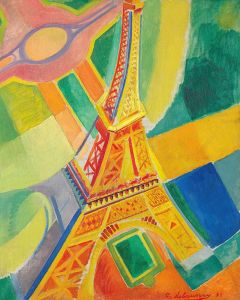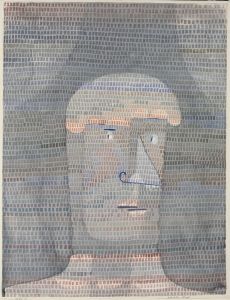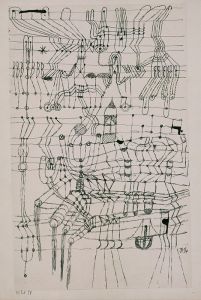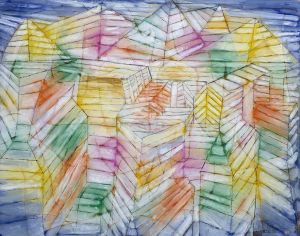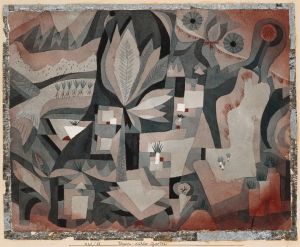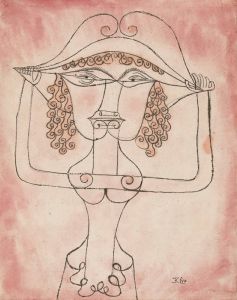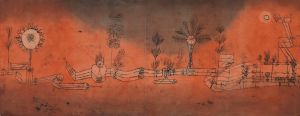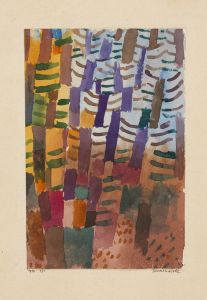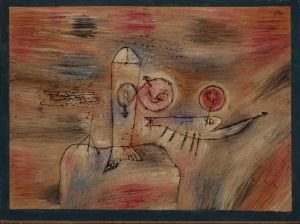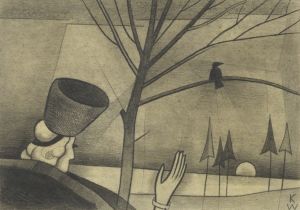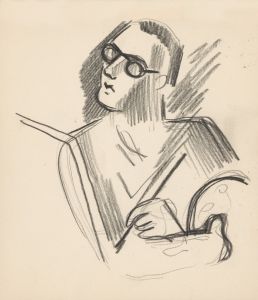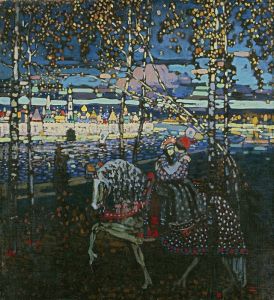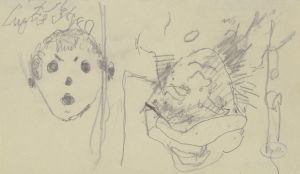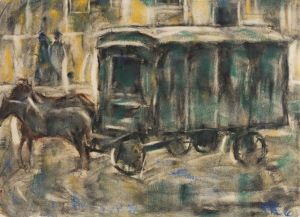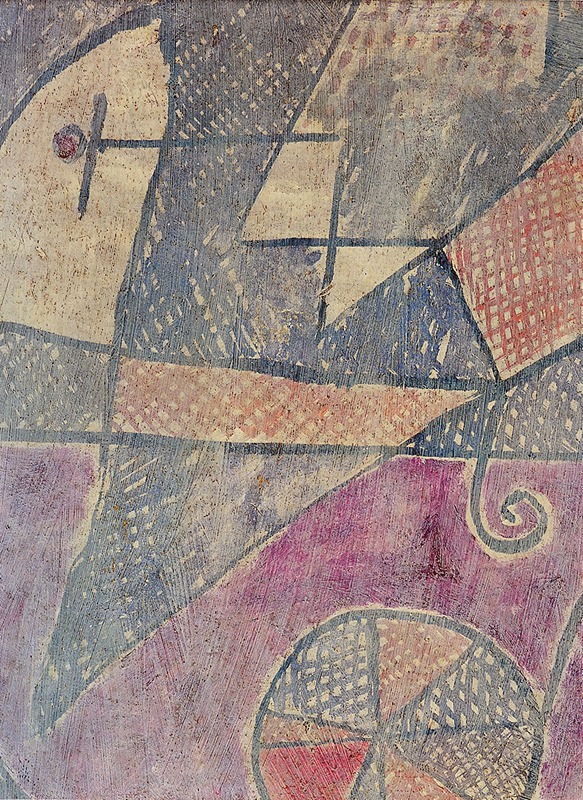
Stricken City
A hand-painted replica of Paul Klee’s masterpiece Stricken City, meticulously crafted by professional artists to capture the true essence of the original. Each piece is created with museum-quality canvas and rare mineral pigments, carefully painted by experienced artists with delicate brushstrokes and rich, layered colors to perfectly recreate the texture of the original artwork. Unlike machine-printed reproductions, this hand-painted version brings the painting to life, infused with the artist’s emotions and skill in every stroke. Whether for personal collection or home decoration, it instantly elevates the artistic atmosphere of any space.
Paul Klee's Stricken City is a painting created in 1932 by the Swiss-born German artist, who is widely regarded as one of the most influential figures in modern art. Known for his highly individual style that combined elements of expressionism, cubism, and surrealism, Klee's work often explored themes of abstraction, symbolism, and the interplay between color and form.
Stricken City reflects Klee's interest in urban landscapes and his ability to convey complex emotions through abstract compositions. The painting depicts a fragmented and distorted cityscape, rendered in muted tones and geometric shapes. The title suggests a sense of destruction or turmoil, which is echoed in the fractured and disjointed appearance of the city. This work is often interpreted as a response to the political and social upheavals of the early 1930s, a period marked by the rise of totalitarian regimes and economic instability in Europe. However, Klee's abstract style resists direct narrative interpretation, leaving the viewer to engage with the painting on a more intuitive and emotional level.
In 1932, the same year Stricken City was created, Klee was teaching at the Bauhaus, a renowned school of art, design, and architecture in Germany. His tenure at the Bauhaus greatly influenced his artistic approach, particularly his exploration of color theory and compositional structure. However, this period also coincided with increasing political pressure on the Bauhaus, which was eventually forced to close in 1933 under the Nazi regime. Klee himself was labeled a "degenerate artist" by the Nazis, and his works were removed from German museums.
Stricken City is an example of Klee's ability to synthesize his personal experiences and the broader cultural context into his art. The painting's abstract nature and evocative title invite viewers to reflect on the fragility of human civilization and the impact of societal crises. Today, Stricken City is recognized as a significant work within Klee's oeuvre, showcasing his mastery of abstraction and his capacity to convey profound meaning through visual means.
The painting is held in a private collection, and its exact exhibition history is not widely documented. As with many of Klee's works, Stricken City continues to be studied and appreciated for its innovative approach to modern art and its enduring relevance to themes of human resilience and vulnerability.





